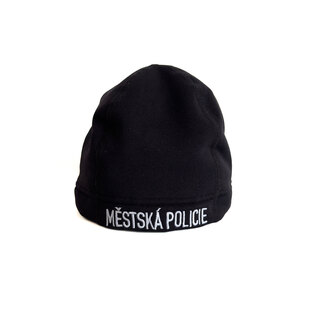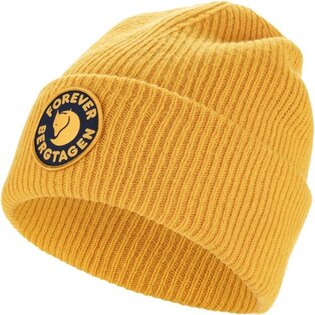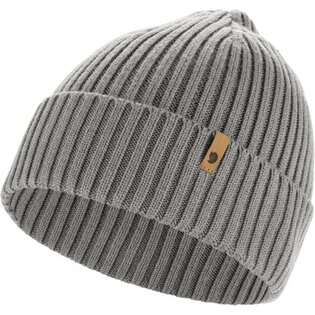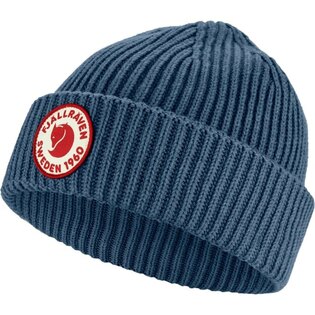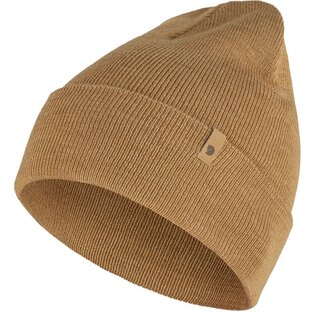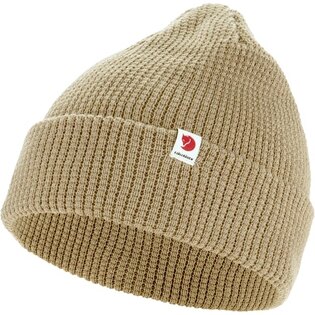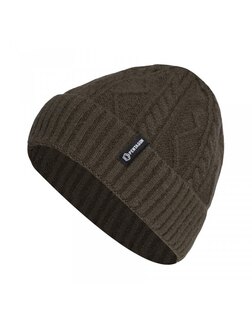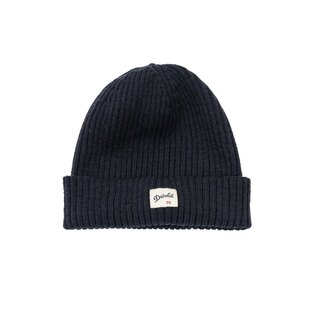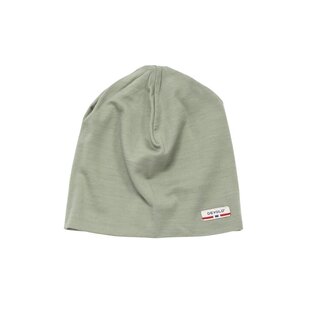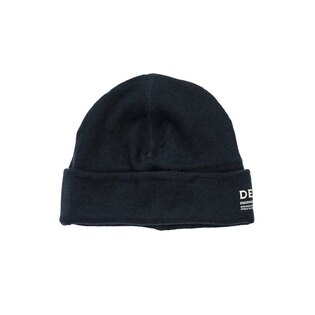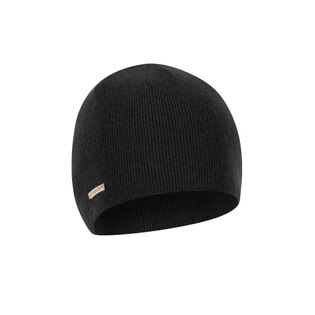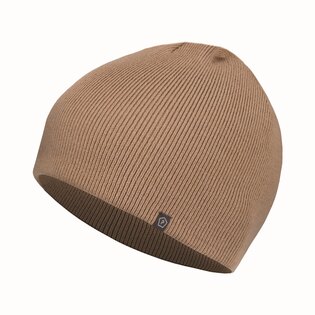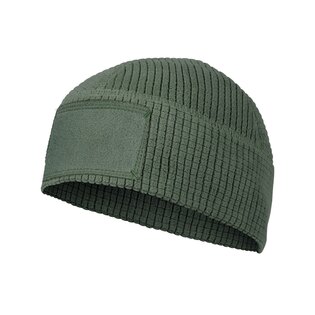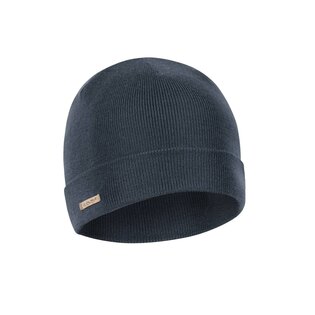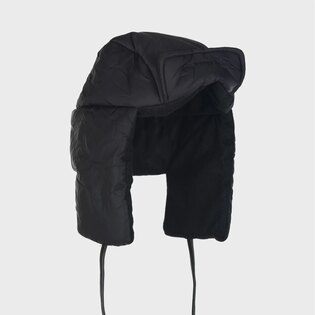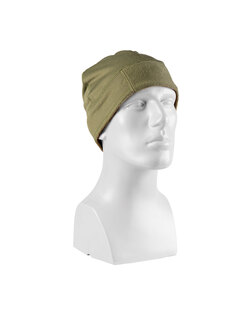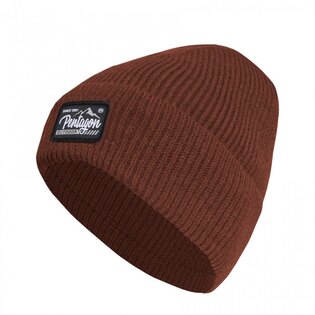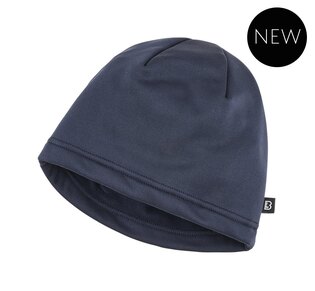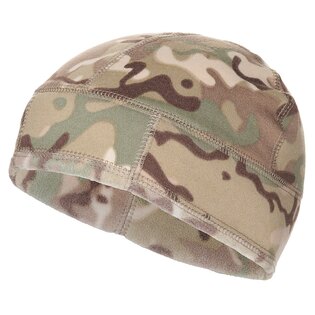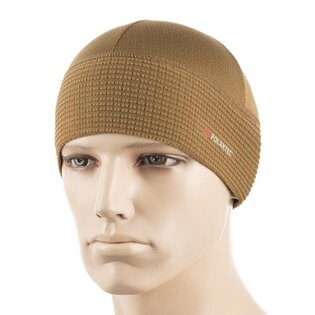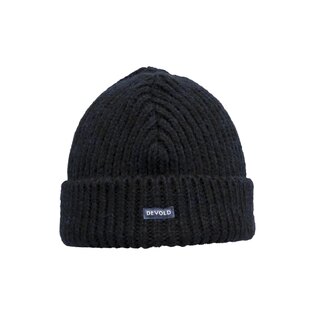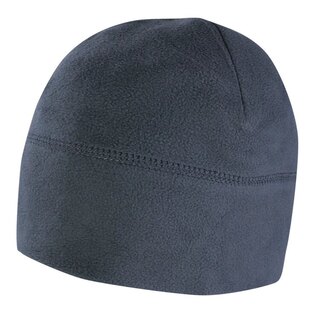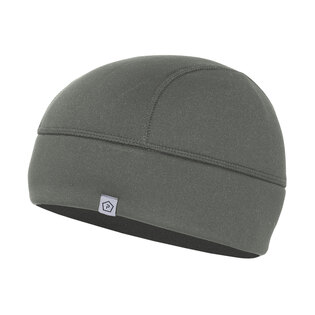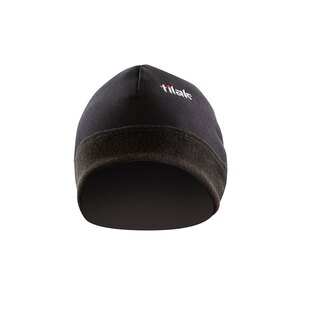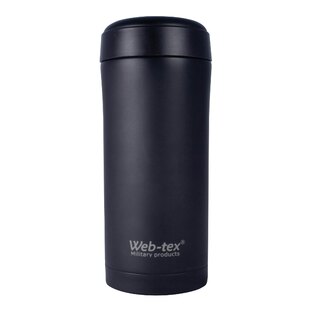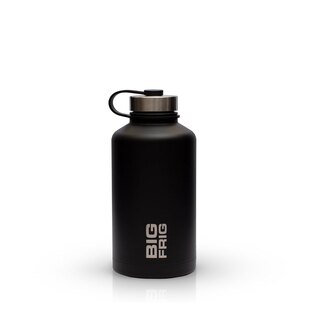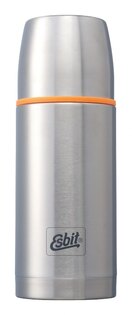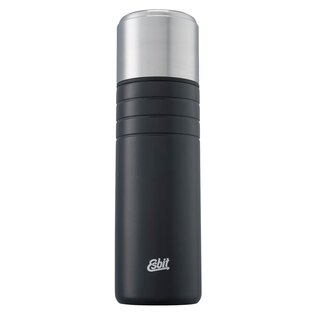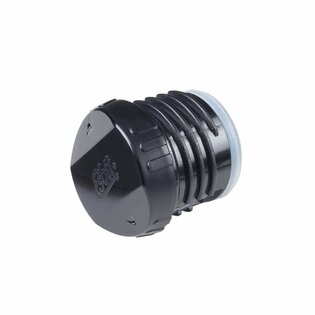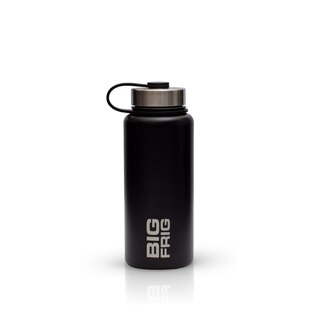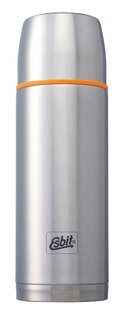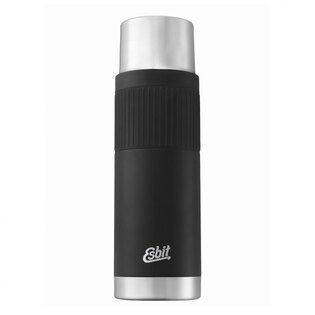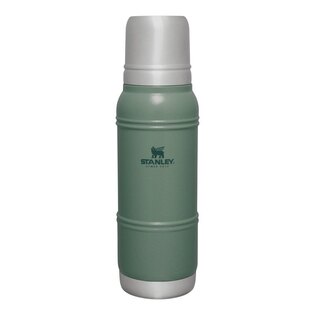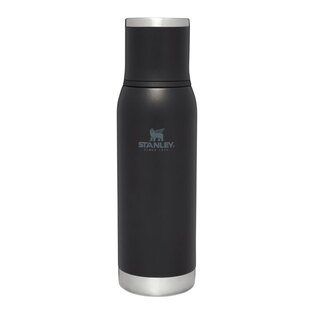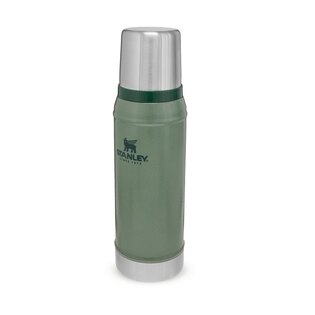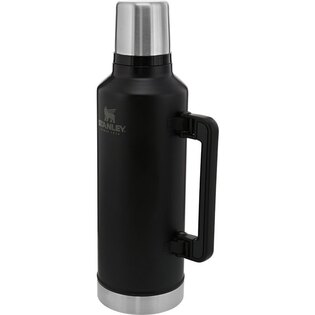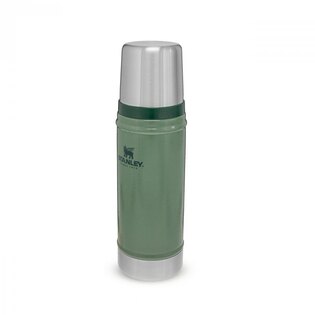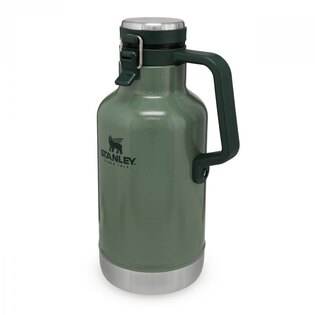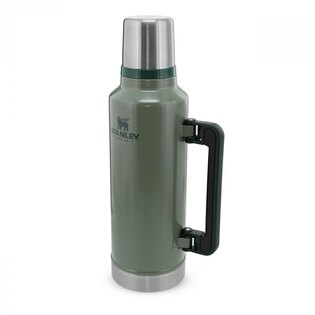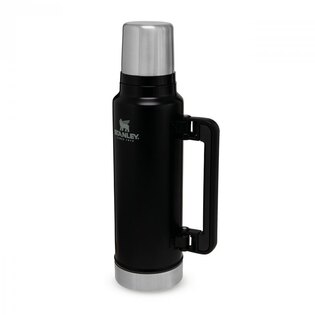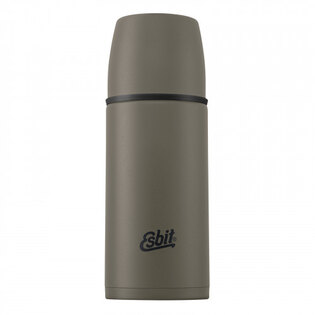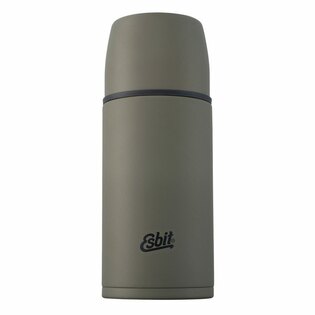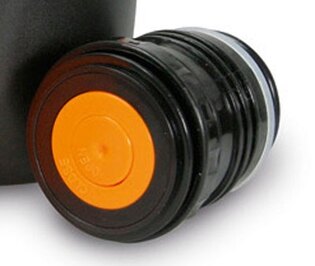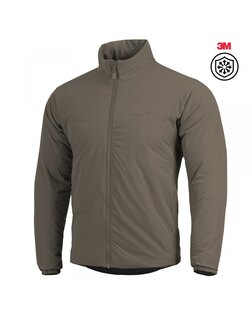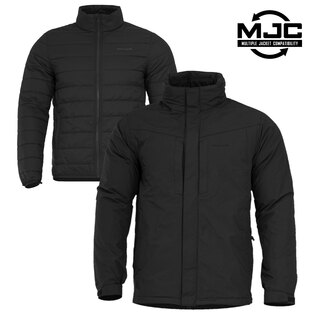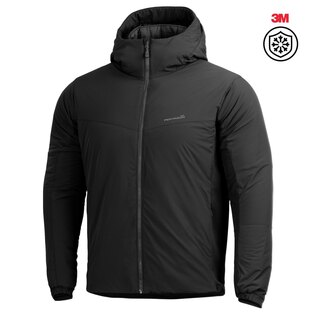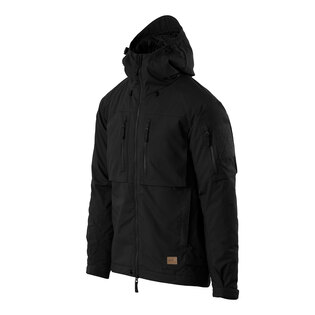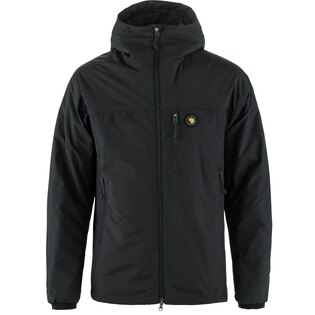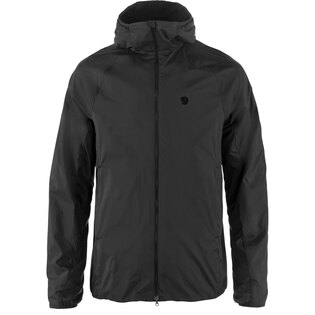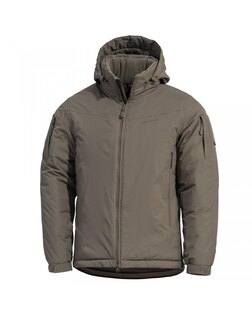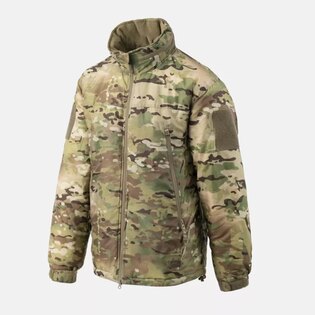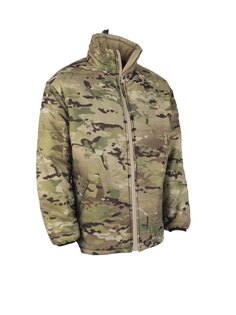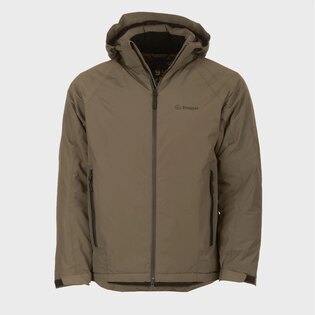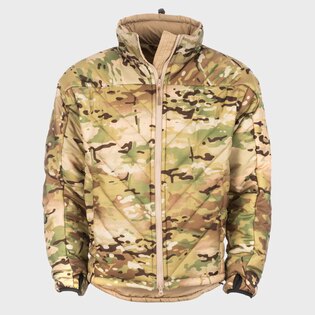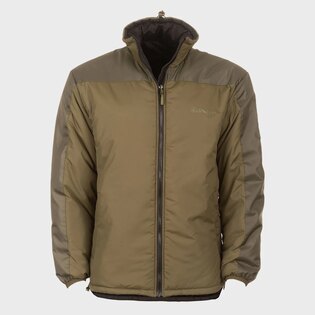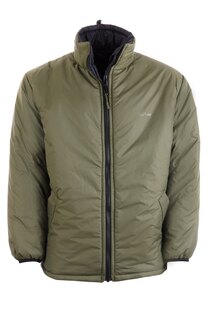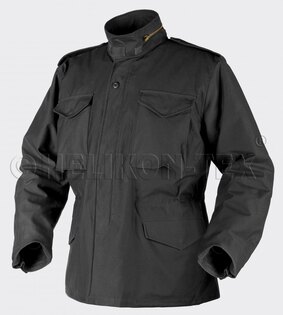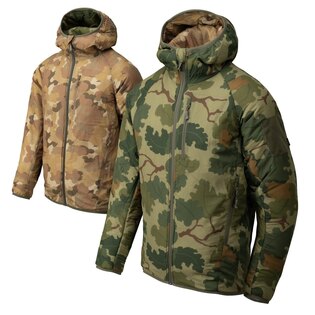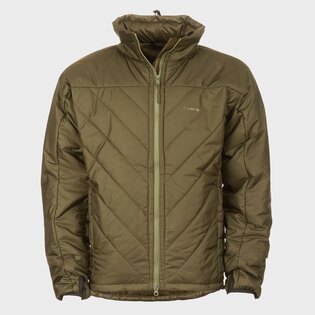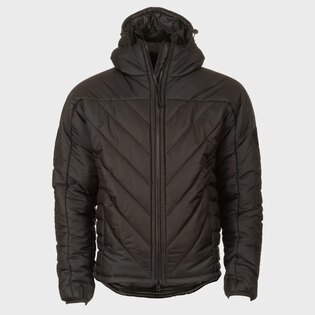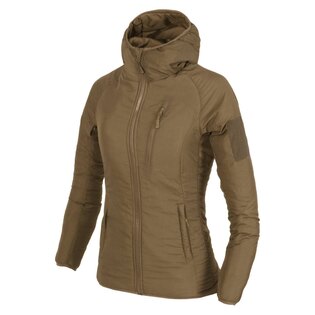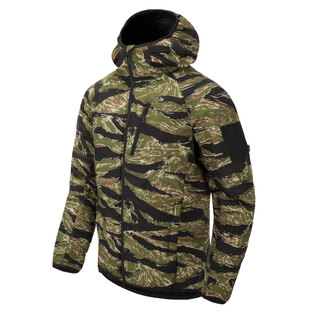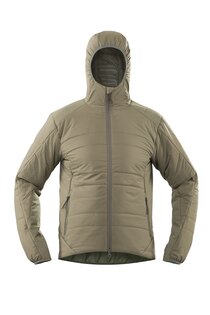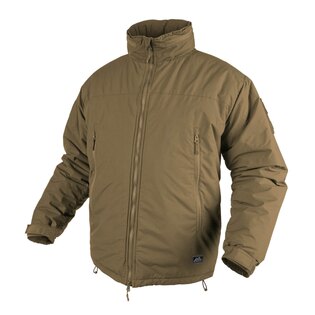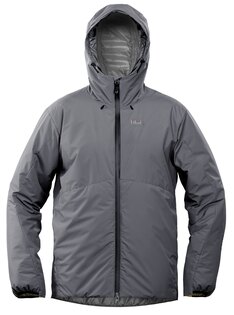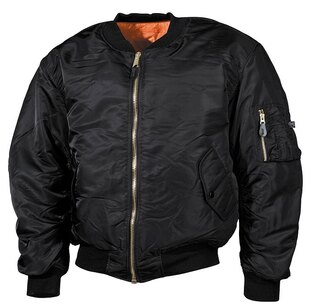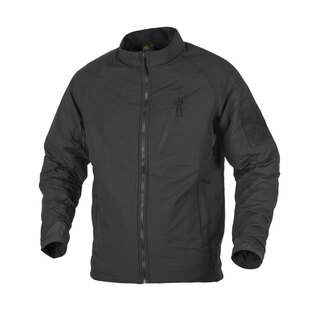10 most common mistakes during winter tourism
Nature never forgives. While some mistakes during our outdoor trips are punished "only" by frostbites or some scars on the soul, others can cost us even life. Following article reveals 10 most common mistakes that we tend to make during winter tourism.
Even though there are people who don´t really like winter, there are so many beautiful things about this time of the year. Rather than that, we will focus on the mistakes that tourists make during their outdoor trips. And we prefer to omit the phenomenon of Czech tourist in Tatras.
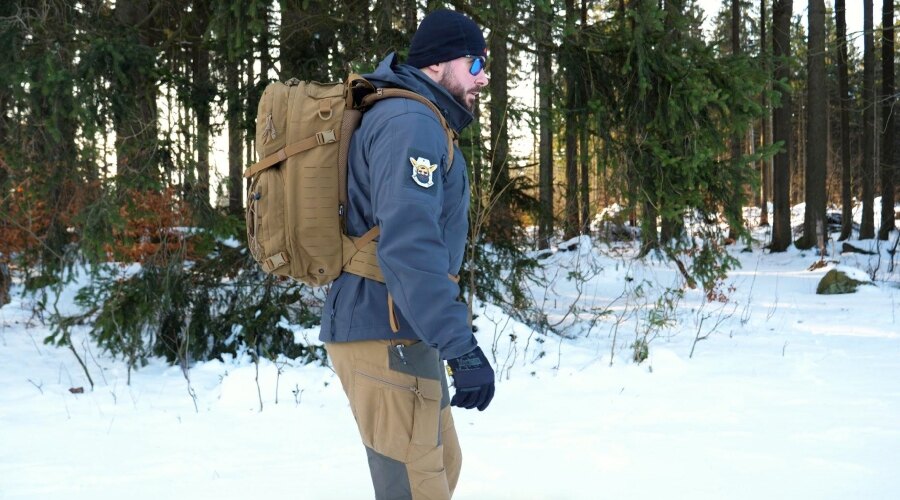
1) Insufficient clothing and footwear
At the beginning we will focus on something what might be problem not only for tourists, but sometimes even for rescuers of Mountain Rescue Service. Winter, especially in its early days, does not surprise road workers only. There are some rarities like people wearing sandals in December, but that is of course only exception. What we also see is people wearing sneakers on the mountains much more often than they should.
But people don´t realize, that hypothermia may come earlier than they think. And because the heat escapes from the body evenly through its surface, we should ensure that we are properly dressed (that means all over). It is definitely worth not to forget wearing a winter hat, gloves, scarf or neck gaiter. And that frostbite on cheeks during cold wind may be due to not wearing a balaclava.
2) Bad layering and improper fabrics
Even if you have enough of clothes, everything can be actually wrong. The reason is improper layering and bad choice of materials. It is important to choose functional clothing. When we are active, we are sweating and one of the most important feature of functional clothes is to wick moisture away from the body. The best job will do synthetic fabrics or merino wool. If you are going to wear a pure cotton shirt, you will be soaked very quickly.
And because in winter there is high air humidity, we should prevent it from getting it to our body. If your jacket does not feature sufficient water column, you might have a problem really soon. This may lead to hypothermia followed by serious consequences. It is therefore advisable to choose a jacket, that has sufficient air humidity resistance.
3) Way too many clothes
While some may underestimate it, others have the opposite problem. You don´t definitely need jacket for Arctic conditions into the Czech Mountains. Sooner or later you will be sweating a lot in it. You can´t do it without a jacket but at the same time you don´t want to carry unnecessary jacket.
4) Leaky footwear
This should be obvious, but we would rather remind you, that even the best trekking shoe will loose its insulation properties, when the water gets inside. Sometimes even a nail that will go through the sole can be a problem. As soon as the snow and water get inside your footwear, you are not only loosing comfort but during cold times also risking frostbite. You can extend life of your footwear by appropriate shoe care, especially impregnation sprays and waxes as well as the right brush.
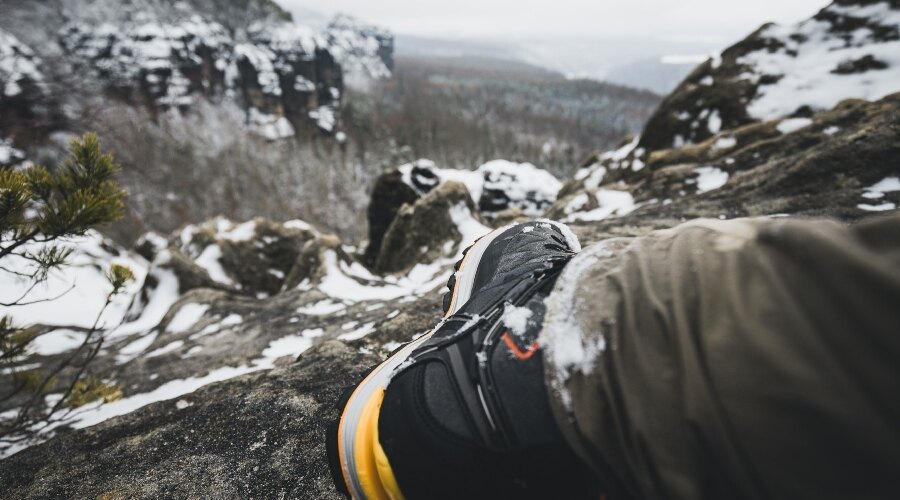
5) Your water freezes
Another mistake no longer concerns clothes, but equipment. One of the most important is water. Proper hydration is needed in winter too, but when you carry water in plastic bootles or hydration bag, you are risking that it freezes and you have nothing to drink. Insulated bottle or sufficient insulation of your hydration bag is simply a must.
6) Not enough food
You need to make sure to pack enough of food. During cold conditions your body needs more calories so if you pack a food that has not enough calories, you may have a problem. For these occasions, high-calorie bars are good choice as they are lightweight and nutritious. You just need to make sure you have enough of them.
7) Forgetting survival gear
If you are injured or get caught by bad weather and you have to bivouac outdoors you can very likely wait for help longer then in other season of the year – and your time frame before the help arrives is also shorter. You may face some complications if you do not carry a knife, multi-tool, first-aid kit, signaling mirror, sunglasses, emergency shelter (tarp) or tools for lighting up a fire. Extra clothing (at least functional shirt and socks) as well as extra food and water is always beneficial.
8) You are ignoring weather forecast
Winter is a period when we should follow weather forecast more than ever. Ignoring might not pay off at all. Especially in the areas where is a risk of snowstorms or even avalanches. If meteorologists advise not to come out, it is better to follow such recommendations. In winter you can definitely expect different terrain and conditions even on routes you may know well.
9) A false sense of security
You can have feeling of false sense of security for example if you follow someone's snow footprints. But be careful, the fact that someone else has walked the same path in front of you does not mean that this route is safe. It can also easily mean that rescuers will have more work on that day.
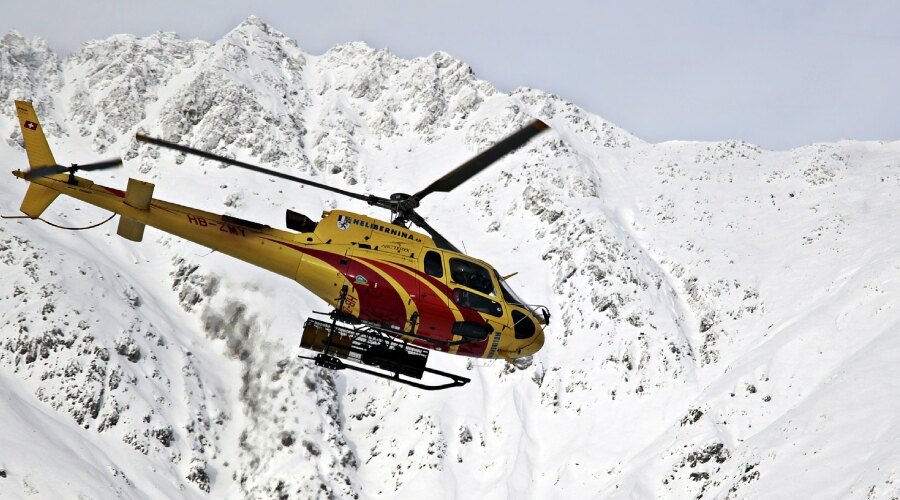
10) Overestimating your skills
Even if you avoid all the above mistakes, there may be one more problem - you overestimate your skills. Let us remind you one more time - nature never forgives. Therefore, always consider whether you are able to safely reach the finish. Do not focus too much on your goal because you could ignore a certain danger in the area. You certainly don't want to be another news report.
Readers are further interested





































































































































